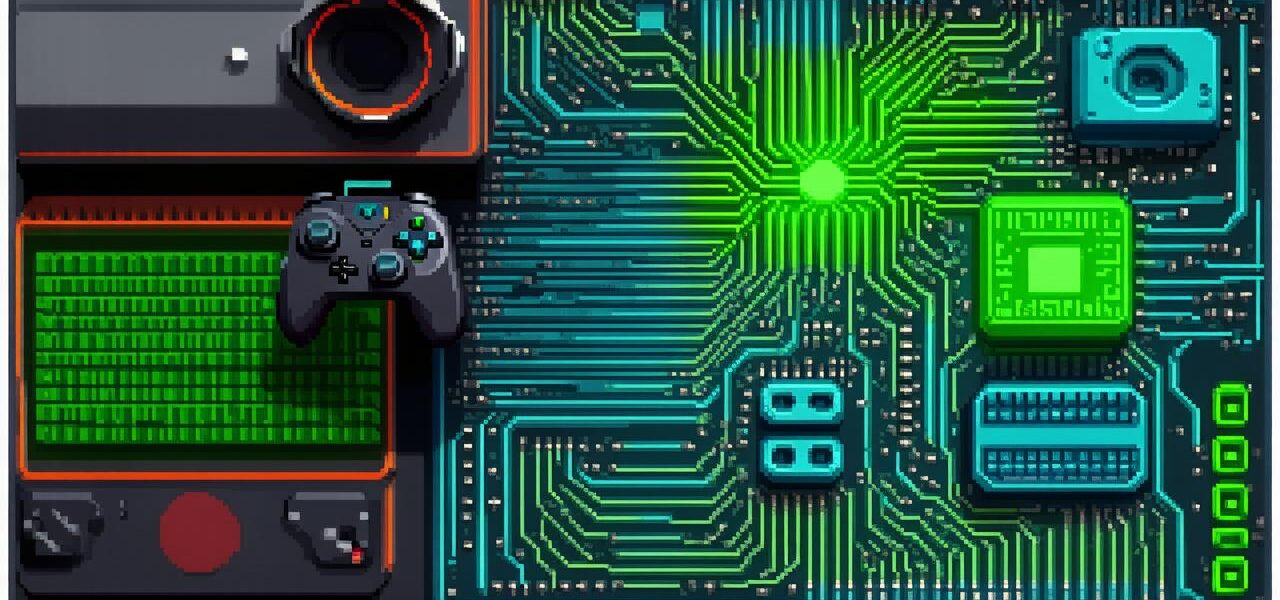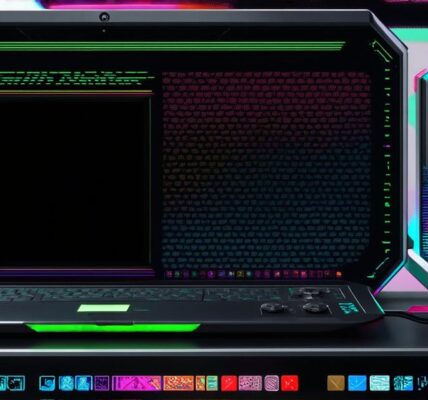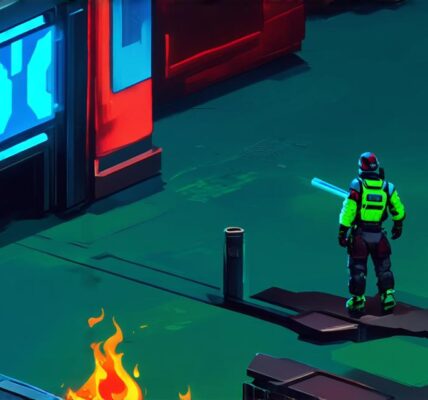If you’ve ever dreamed of creating your own video game, now is the time to turn that dream into a reality. With the right tools and knowledge, anyone can create a fun and engaging game that will captivate players.
In this article, we’ll take you through the steps of creating a video game for beginners, from brainstorming to publishing. We’ll also cover some of the best practices for game development and how to optimize your game for success.
1. Choose your platform
The first step in creating a video game is choosing your platform. There are several options available, including mobile devices, consoles, PCs, and web browsers. Each platform has its own set of requirements and limitations, so it’s important to choose the one that best suits your game concept.
2. Brainstorm your game idea
The next step is to brainstorm your game idea. This is the most important part of the process, as it will set the foundation for your entire game. Start by asking yourself questions like:
- What kind of game do I want to create? (e.g. action, adventure, puzzle, etc.)
- Who is my target audience?
- What are the unique features of my game?
- How will players progress through the game?
- What are the goals and objectives of the game?

Once you have a clear idea of what your game should be like, start sketching out some rough concepts and designs. This will help you flesh out your ideas and make sure they’re feasible.
3. Learn the basics of game development
Now that you have a basic idea of what your game should be like, it’s time to learn the basics of game development. There are several resources available online that can teach you everything from coding and game engines to art and design. Some popular options include Unity, Unreal Engine, and GameMaker.
You don’t need to become an expert in all these areas, but you should have a basic understanding of how games are created and what goes into making a successful one. This will help you make informed decisions when it comes to designing your game.
4. Create a prototype
Once you’ve learned the basics of game development, it’s time to create a prototype. This is a basic version of your game that you can use to test and refine your ideas. Start by creating simple versions of your game mechanics and designs, then gradually add more complexity as you go.
A prototype doesn’t have to be perfect, but it should give you a good idea of how your game will play and what areas need improvement. This is also a great opportunity to get feedback from friends and family, which can help you make even more improvements.
5. Optimize for success
Now that you have a working prototype, it’s time to optimize your game for success. This involves making sure your game is easy to play, has a clear objective, and is visually appealing.
Here are some tips for optimizing your game:
- Keep your game simple: Don’t overcomplicate your game mechanics or controls. Make sure players can understand how to play your game quickly and easily.
- Set clear goals: Make sure players know what they need to do to win the game. This will help keep them engaged and motivated.
- Use engaging art and design: Good art and design can make a huge difference in how players perceive your game. Invest time and resources in creating high-quality visuals that will captivate players.
- Test, test, test: Playtesting is essential for improving your game.




